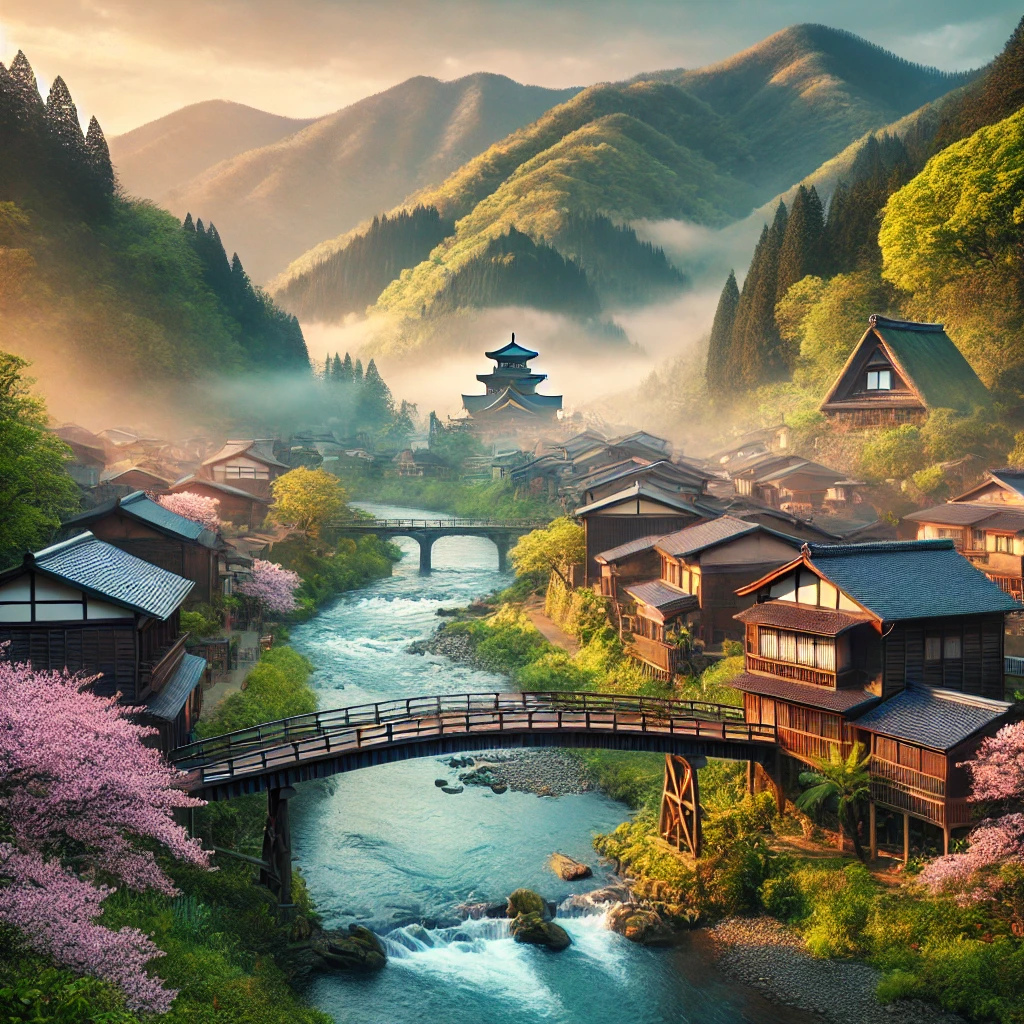Table of Contents
Introduction to Japan’s Hidden Gems
Japan, a country renowned for its vibrant cities and historic landmarks, is often perceived through the lens of its most famous destinations, with Tokyo taking center stage. However, a wealth of hidden gems lies scattered across the archipelago, waiting to be discovered by those willing to venture beyond the familiar paths. These lesser-known locations offer an unparalleled glimpse into Japan’s rich cultural, historical, and natural diversity, providing unique experiences that stand in contrast to the hustle and bustle of urban life.
A hidden gem in Japan can be defined as a location that showcases significant cultural, historical, or natural attributes without the typical influx of tourists. These places can range from quaint villages steeped in tradition to breathtaking landscapes that epitomize Japan’s innate beauty. By exploring these off-the-beaten-path destinations, travelers can engage with the authentic essence of the country, gaining insights that are often overlooked in more populated regions. The serene atmosphere found in these locales allows visitors to connect deeply with the local culture and environment.
Furthermore, immersing oneself in these hidden treasures contributes to a more enriching travel experience. Rather than merely observing popular tourist attractions, exploring Japan’s understated yet impressive sites can foster genuine interactions with local residents, enhancing one’s understanding of the diverse customs and traditions that shape this fascinating country. The hidden gems of Japan reveal the myriad layers of its identity, moving beyond the well-trodden paths to present an enriching narrative of its past and present.
In the following sections, we will highlight some of these remarkable locations, aiming to inspire potential travelers to appreciate the beauty that awaits beyond Tokyo. From quaint coastal towns to majestic mountains, Japan’s hidden gems offer memorable experiences that should not be missed.
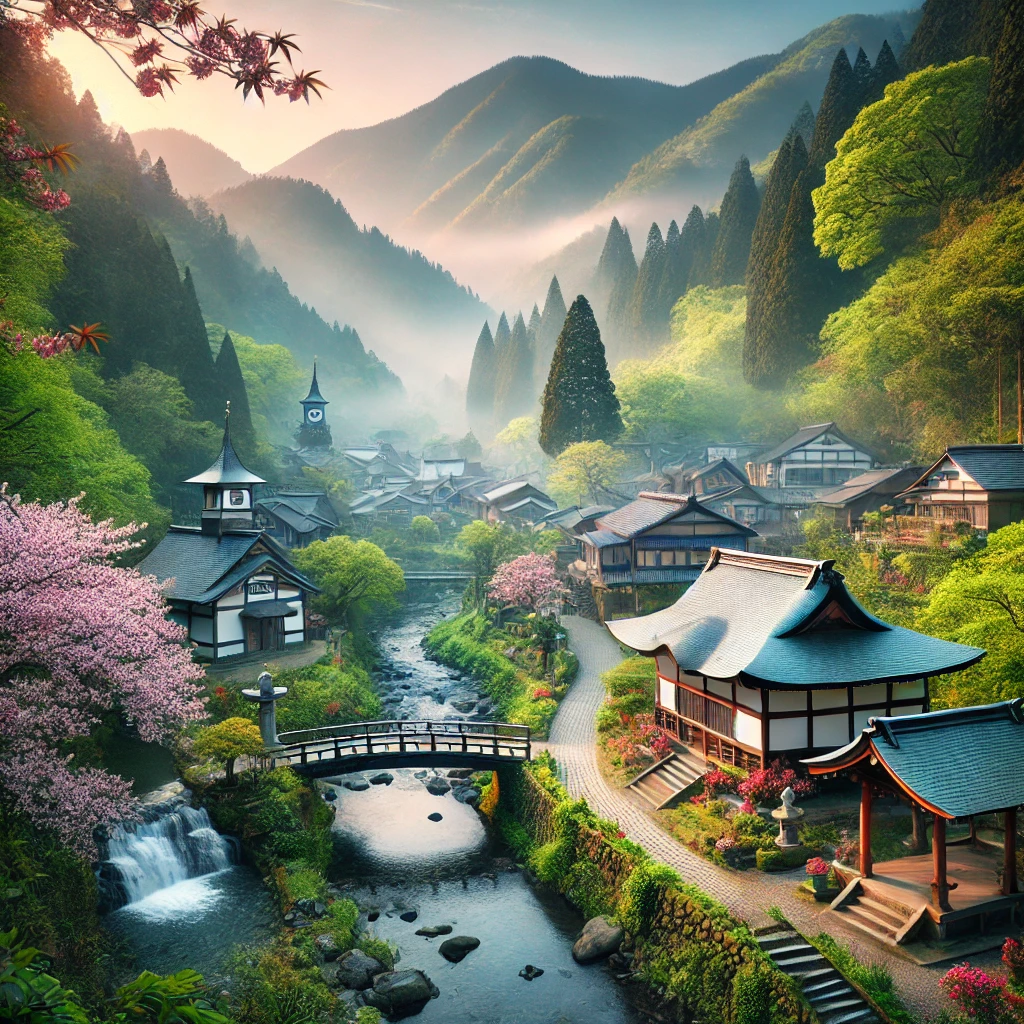
Kamakura: The Enigmatic Coastal Town
Kamakura, a picturesque coastal town located just south of Tokyo, is often overshadowed by its bustling neighbor yet holds a unique charm and an array of attractions that appeal to both history enthusiasts and nature lovers. Renowned for its historical significance, Kamakura was once the political center of Japan during the Kamakura period (1185-1333) and boasts numerous historical sites that reflect its rich cultural heritage.
One of the foremost landmarks in Kamakura is the Great Buddha, or Daibutsu, a monumental bronze statue that stands over 13 meters tall. This iconic symbol not only serves as a remarkable piece of art but also provides insight into Japan’s profound Buddhist traditions. Visitors can enjoy the serene atmosphere surrounding the statue and explore the nearby Hase-dera Temple, famous for its beautiful gardens and breathtaking views of the ocean.
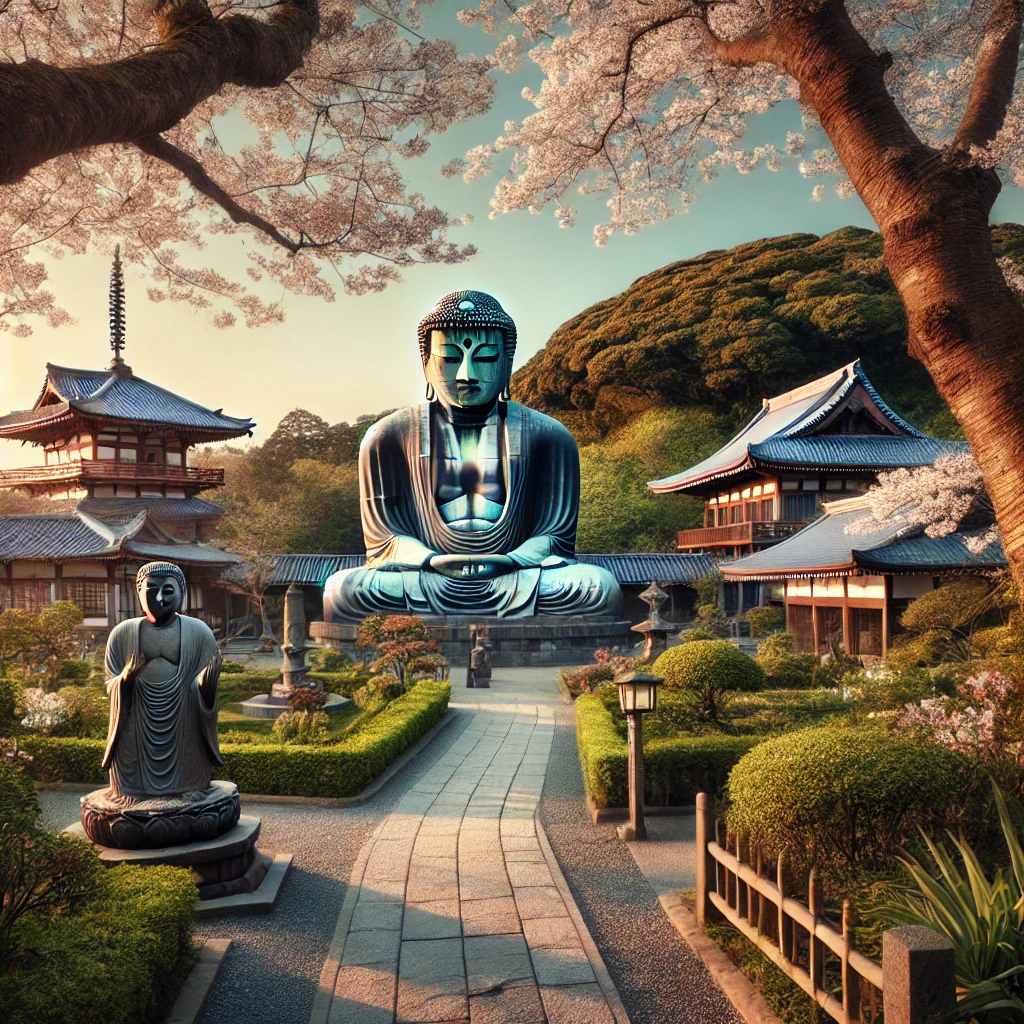
Aside from its historical sites, Kamakura offers a wealth of natural beauty. The surrounding mountains provide numerous hiking trails that cater to all skill levels. For instance, the hiking path to the enchanted Yagumo Hill leads trekkers through lush forests and offers stunning panoramic views of the coastline. Alternatively, Kamakura’s stunning beaches, such as Yuigahama and Zaimokuza, are perfect for relaxation or engaging in various water sports, particularly during the summer months.
Visiting Kamakura also allows for an opportunity to indulge in local cuisine. From fresh seafood at seaside restaurants to traditional sweets in quaint tea shops, there is something for everyone. To make the most of your visit, consider planning your trip during the spring, when cherry blossoms beautifully bloom, or in the autumn, when the foliage transforms into vibrant hues. These seasons not only enhance the allure of Kamakura but also provide ideal conditions for exploring this enigmatic coastal town.
Nikko: Nature and Spirituality Meet
Nikko, a UNESCO World Heritage site, is an often-overlooked treasure located just a couple of hours from Tokyo. This remarkable destination is renowned not only for its stunning natural beauty but also for its spiritual significance, making it a must-visit location for those seeking both adventure and tranquility. Situated in the mountains of Tochigi Prefecture, Nikko serves as a sanctuary where ancient tradition harmoniously coexists with breathtaking landscapes.
The heart of Nikko is perhaps best exemplified by the Toshogu Shrine, an architectural masterpiece that serves as the final resting place of Tokugawa Ieyasu, the founder of the Tokugawa shogunate. This shrine features intricate carvings and vibrant colors, illustrating the remarkable artistry of Japan’s craftsmen. The approach to the shrine is equally enchanting, lined with towering cedar trees that are centuries old, creating a peaceful atmosphere that invites reflection and reverence.

Beyond the cultural and spiritual elements, Nikko is replete with outdoor activities that cater to nature enthusiasts. The region boasts a variety of hiking trails that weave through lush forests and lead to awe-inspiring vistas. Whether you choose to explore the scenic routes around Lake Chuzenji or trek to Kegon Falls, you will be rewarded with the picturesque beauty of nature in each season. In autumn, the vibrant foliage transforms the landscape into a brilliant tapestry of red and gold, captivating visitors and photographers alike.
Visitors to Nikko will find that this hidden gem beautifully intertwines nature and spirituality, providing a unique experience that rejuvenates the soul. The serene atmosphere, combined with the historical significance of its shrines and temples, makes Nikko a noteworthy destination worth exploring during a visit to Japan. Each aspect of this remarkable area underscores its importance, not just as a focus for tourism, but as a genuine retreat into Japan’s rich cultural heritage.
Shizuoka: A Taste of Japan’s Tea Culture
Shizuoka, located on the Pacific coast of Honshu, is widely celebrated as Japan’s tea capital. The region is renowned for its stunning landscapes, which include lush rolling hills and meticulously maintained tea plantations that stretch as far as the eye can see. Shizuoka’s climate and fertile soil create the perfect environment for cultivating high-quality green tea, making it a central hub for tea production within Japan.
Tea holds significant importance in Japanese culture, representing hospitality, tradition, and the art of mindfulness. Visitors to Shizuoka can immerse themselves in this cultural experience through various activities designed to showcase the traditional aspects of tea. One of the most popular ways to enjoy a taste of Japan’s tea culture is by attending a local tea ceremony. This intricate ritual, steeped in history, emphasizes harmony, respect, purity, and tranquility. Participants are guided by skilled practitioners who illustrate the art of preparing and serving matcha, a finely ground, vibrant green tea.
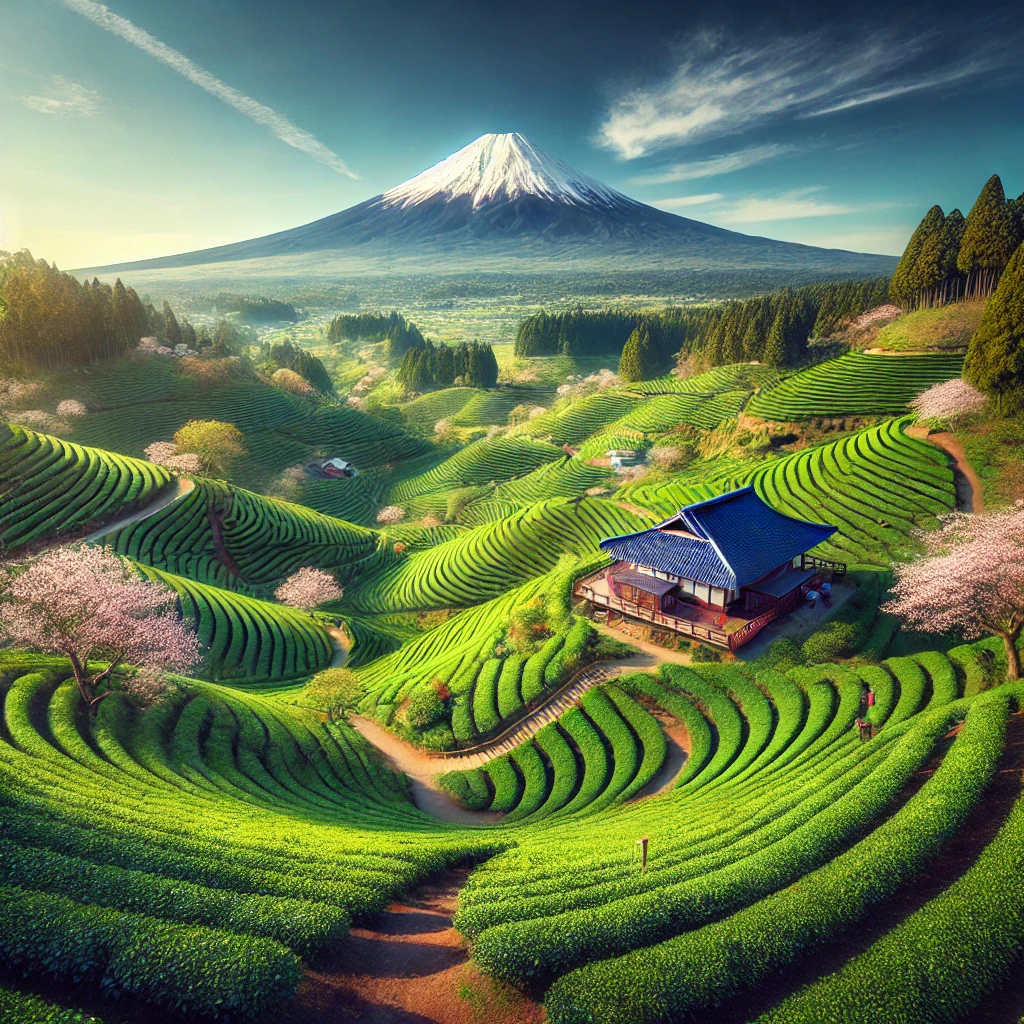
In addition to the immersive tea ceremonies, Shizuoka hosts vibrant local festivals celebrating tea and its cultural significance. Events such as the Shizuoka Tea Festival offer visitors the chance to participate in tastings, learn about different tea varieties, and engage with tea artisans who display their craftsmanship. Visitors can also explore the scenic tea fields, where guided tours provide insight into the tea production process, from harvesting to brewing.
The culinary landscape of Shizuoka is equally rich, with local specialties that beautifully complement tea. Dishes such as shizuoka oden, a regional variation of the popular Japanese stew, or fresh seafood from the nearby Suruga Bay are highlights worth savoring. These local delicacies, paired with a steaming cup of green tea, create a truly memorable dining experience that encapsulates the essence of Shizuoka’s tea culture.
Ishikawa: Arts, Crafts, and Coastal Beauty
Ishikawa Prefecture, located along the northern coast of Honshu, is a treasure trove of cultural heritage and natural beauty, making it a destination worth exploring. Known primarily for its exquisite arts and crafts, Ishikawa is particularly celebrated for its Kaga Yuzen silk-dyeing, a traditional craft that involves intricate designs and vibrant colors. This art form, which dates back to the Edo period, reflects the region’s commitment to preserving its unique cultural identity through meticulous craftsmanship.
Another highlight of Ishikawa is Kutani porcelain, renowned for its striking designs and high-quality craftsmanship. Originating in the 17th century, Kutani ceramics are characterized by their use of vivid colors and intricate patterns. Visitors have the opportunity to explore various shops and studios where artisans continue to produce this exquisite pottery, providing insights into the traditional techniques that have been handed down through generations.

The capital city of Kanazawa is a focal point for those interested in experiencing Ishikawa’s rich cultural offerings. The well-preserved samurai and geisha districts, such as Nagamachi and Higashi Chaya, transport visitors back to a time when these historical figures roamed the streets. Strolling through these districts, one can appreciate the beautiful wooden townhouses that have maintained their architectural charm.
In addition to its cultural pursuits, Ishikawa boasts stunning gardens, with Kenroku-en often regarded as one of the most beautiful landscapes in Japan. This historical garden showcases a perfect blend of natural beauty and human artistry, featuring a variety of flora that changes with the seasons, providing spectacular views year-round. Together, Ishikawa’s arts and coastal attractions make it a remarkable destination that captures the essence of Japan’s hidden gems.
Kagawa: The Land of Udon and Art
Kagawa Prefecture, located on the island of Shikoku, is renowned for its unique culinary and artistic offerings, making it a must-visit destination for travelers. As the birthplace of udon noodles, Kagawa boasts a rich culinary heritage that attracts food enthusiasts from all over the world. The region is home to numerous udon restaurants, each with its distinct style and flavor, where visitors can savor this beloved dish. Some establishments have been serving udon for generations, guaranteeing an authentic experience. Popular udon spots, such as the well-known “Udon Baka” and “Yamagoe,” invite diners to indulge in homemade noodles that range from chewy to silky-smooth, each accompanied by delightful toppings that add depth to the dish.
Moreover, for those interested in a more hands-on experience, Kagawa offers udon-making classes. These interactive sessions provide an opportunity to learn about the traditional art of noodle production from skilled artisans. Participants can engage in the entire process, from kneading the dough to cutting the noodles, resulting in a personalized dish that embodies Kagawa’s culinary philosophy. This immersion not only enhances appreciation for udon but also provides a unique cultural experience.
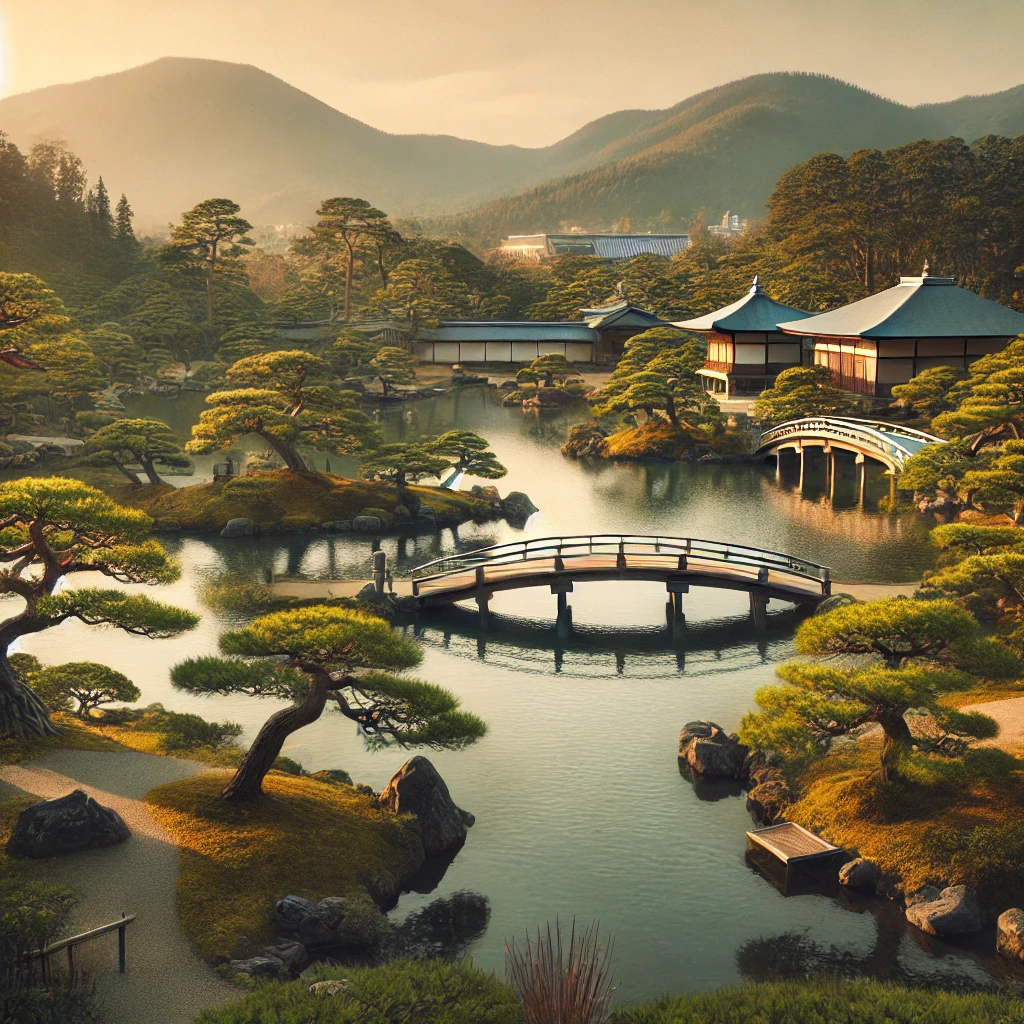
In addition to its gastronomic delights, Kagawa is known for its vibrant art scene. The Setouchi Triennale, a contemporary art festival held every three years, showcases art installations across several islands in the Seto Inland Sea, including the islands of Naoshima and Teshima. These islands have garnered international attention for their integration of art and nature, featuring remarkable museums and open-air installations. Visiting these artistic enclaves allows travelers to witness the fusion of creativity and serenity, making Kagawa a unique destination that appeals to both culinary and artistic sensibilities.
Okinawa: The Tropical Paradise
Okinawa, a captivating archipelago located in the East China Sea, is often referred to as Japan’s tropical paradise. This region is renowned for its stunning beaches, rich cultural heritage, and warm, welcoming climate, making it a premier destination for nature lovers and beach-goers alike. The islands boast an array of picturesque landscapes, from lush green hills to crystal-clear waters, providing the perfect backdrop for a serene getaway.
The unique culture of Okinawa sets it apart from the rest of Japan, influenced by its historical connections with neighboring regions. Visitors can experience vibrant traditions through various festivals, traditional arts, and the famous Okinawan music known as “shamisen.” This deep cultural tapestry is woven through daily life on the islands, offering an intriguing glimpse into the past and an opportunity to engage with local customs.

One of the must-visit attractions in Okinawa is the Okinawa Churaumi Aquarium, which is celebrated for its impressive collection of marine life and state-of-the-art exhibits. Here, visitors can marvel at the majestic whale sharks and manta rays gracefully swimming in the expansive tanks. The aquarium not only highlights the region’s aquatic biodiversity but also educates guests on marine conservation efforts, reinforcing the importance of preserving these natural wonders.
In addition to its world-class aquarium, Okinawa is home to some of Japan’s most beautiful beaches, such as Emerald Beach and Naminoue Beach, providing ample opportunities for relaxation and recreation. Whether visitors are interested in snorkeling, diving, or simply basking in the sun, Okinawa’s coastline offers a perfect escape. Moreover, the local cuisine, renowned for its health benefits, features dishes such as “awamori” and “goya champuru,” showcasing the distinct flavors of the region.
Overall, Okinawa captivates with its blend of natural beauty, cultural richness, and historical significance, ensuring an unforgettable experience for those who venture beyond Tokyo.
Hokkaido: Nature’s Wonderland
Hokkaido, the northernmost island of Japan, presents a stunning array of natural beauty and outdoor activities that cater to a variety of interests year-round. In winter, the island transforms into a skiing paradise, renowned for its powder snow. Resorts such as Niseko and Furano attract skiing enthusiasts from across the globe, offering diverse slopes, picturesque landscapes, and state-of-the-art facilities. The region also hosts annual winter festivals, showcasing elaborate ice sculptures and thrilling snow activities, making it a vibrant destination during the colder months.
As the seasons change, Hokkaido presents a different allure. The summer months transform the island into a canvas of colorful flowers, notably in locations like the Shikisai-no-Oka park, where fields are adorned with rows of vibrant blooms. Visitors can revel in flower-viewing activities and take breathtaking photographs against the backdrop of the dramatic Tokachi Mountains. Additionally, Hokkaido’s national parks, such as Daisetsuzan, offer ample opportunities for hiking, wildlife observation, and immersing oneself in untouched nature. This vast wilderness is home to unique wildlife, including the majestic red-crowned crane and the endangered Ezo deer, making Hokkaido a haven for nature lovers and photographers alike.
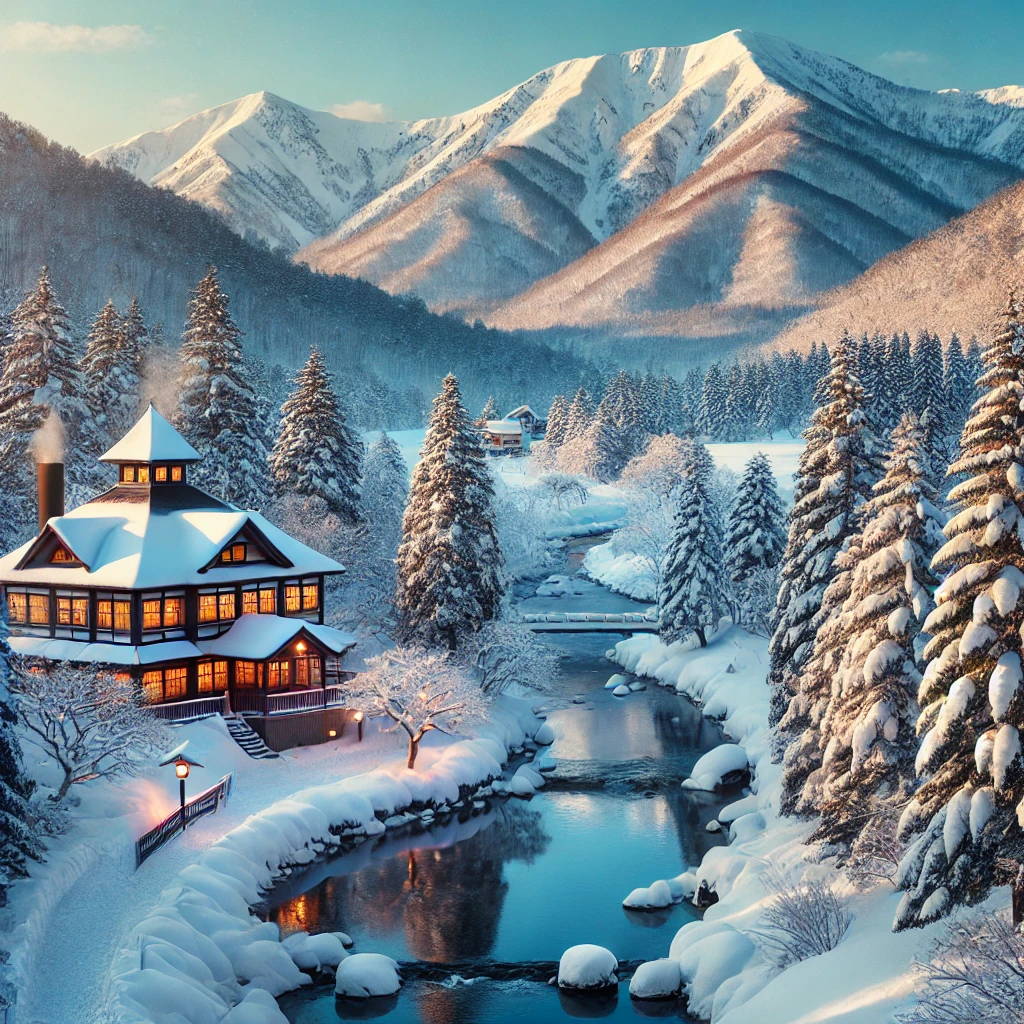
Food enthusiasts will find Hokkaido’s culinary offerings equally compelling. The island is renowned for its fresh seafood, particularly its succulent crab and sea urchin, which are celebrated in local markets and restaurants. Furthermore, Hokkaido is famed for its rich dairy products, including creamy cheese and delicious soft-serve ice cream. Visitors can savor these local delicacies while appreciating the stunning landscapes of rolling hills and sparkling coastlines that define Hokkaido. This captivating region truly embodies the spirit of Japan’s natural diversity, making it an essential stop for those looking to discover the country’s hidden gems.
Conclusion: Embrace the Lesser-Known Paths
As travelers seek unique experiences, Japan’s lesser-known destinations offer an enriching alternative to the bustling streets of Tokyo. The remarkable diversity of attractions, ranging from serene temples nestled in lush landscapes to quaint coastal villages, reveal the country’s rich cultural tapestry. These hidden gems provide an opportunity to connect deeply with local communities, appreciate untouched natural beauty, and indulge in authentic culinary experiences that make Japan distinct.
Exploring beyond the major urban centers allows visitors to witness the more tranquil side of the Japanese lifestyle. For instance, places like Shirakawa-go, known for its traditional gassho-zukuri farmhouses, or the sacred grounds of Kumano Kodo, invite travelers to discover Japan’s historical significance and spiritual heritage. These locations not only enhance one’s travel itinerary but also foster a greater appreciation for the traditions that shape the modern Japanese identity.
Moreover, engaging with local residents opens avenues for meaningful interactions and personal stories shared by those who call these regions home. Whether savoring homemade dishes in a family-run inn or learning a craft from skilled artisans, such experiences enrich the journey and create lasting memories. By stepping off the beaten path, travelers not only escape the crowds but also enrich their understanding of Japan’s multifaceted nature.

In conclusion, Japan is not solely defined by its populous cities; the lesser-known paths hold treasures that await discovery. Encouraging explorers to venture beyond the conventional tourist spots can reveal profound insights into Japan’s unique culture and breathtaking landscapes. Embracing these hidden gems is a rewarding pursuit that illustrates the beauty of diversity within this captivating country.

